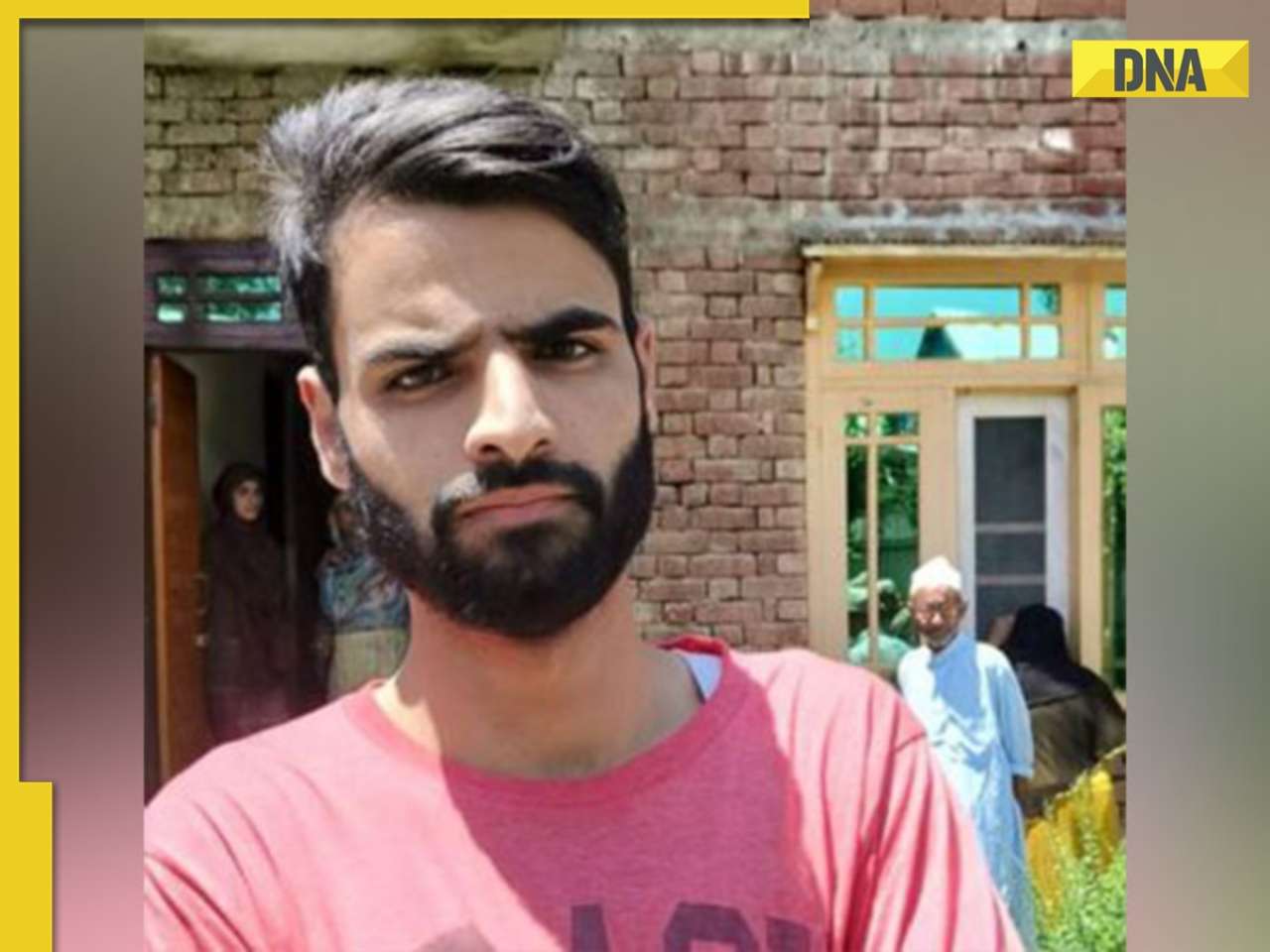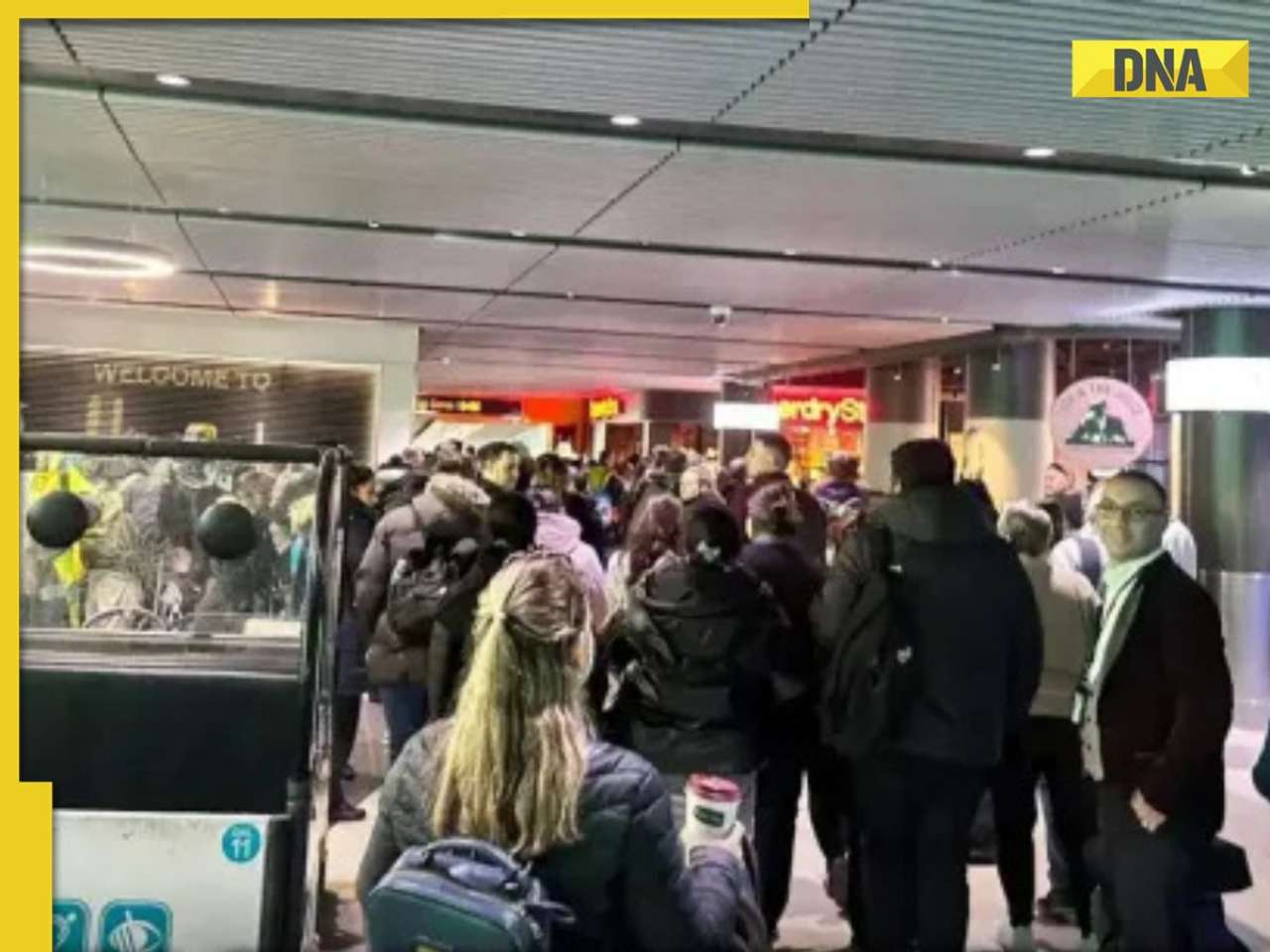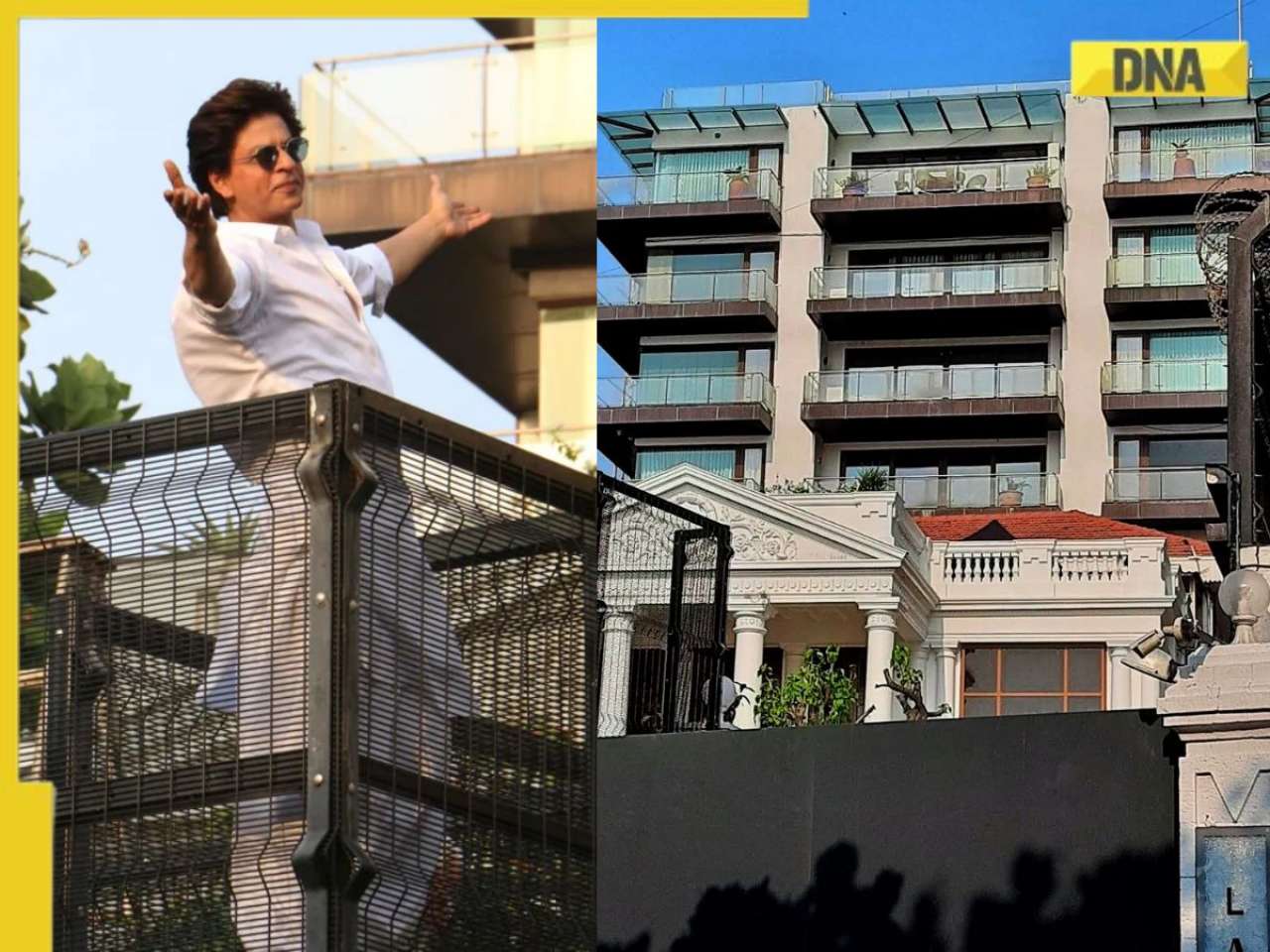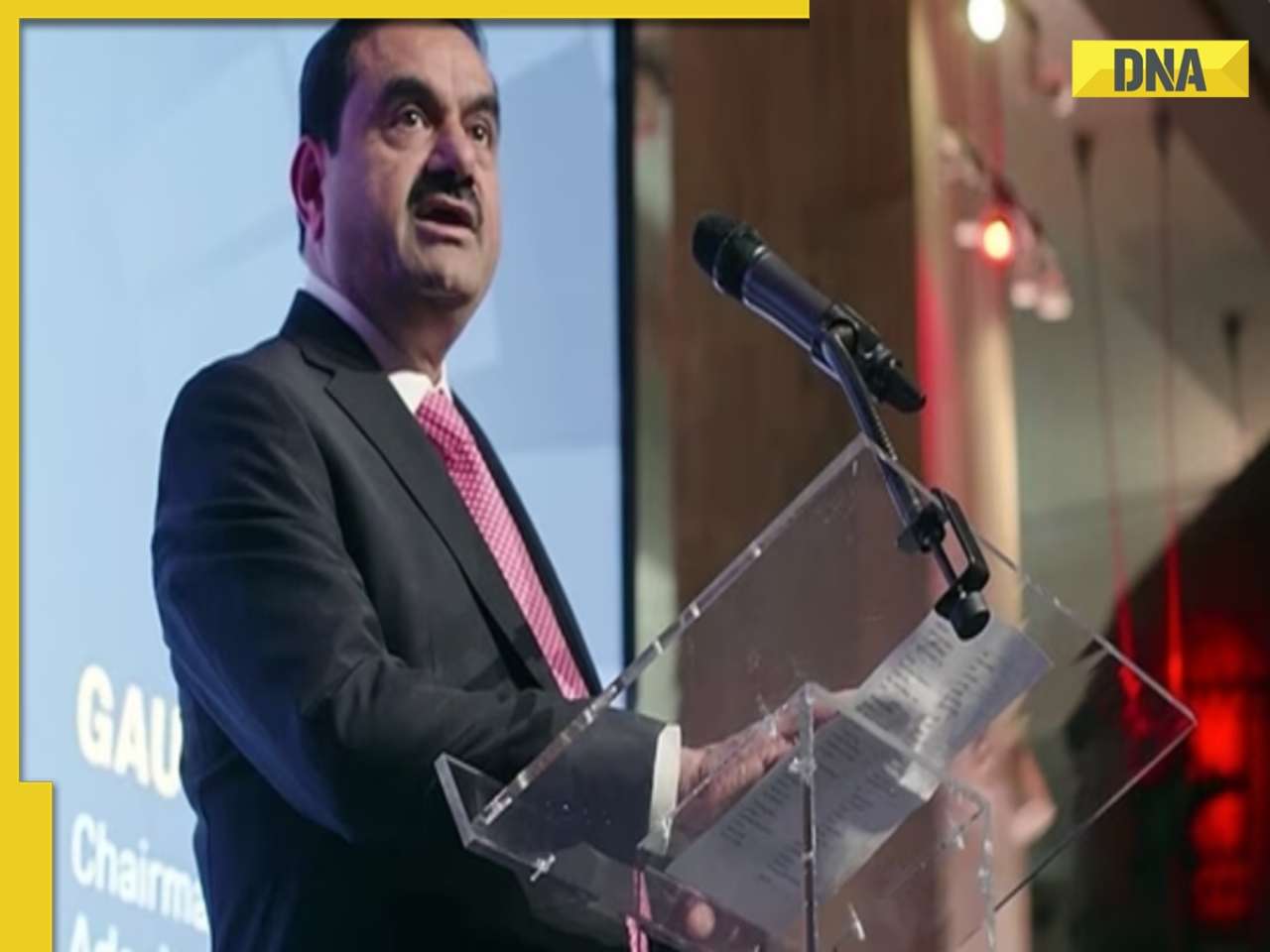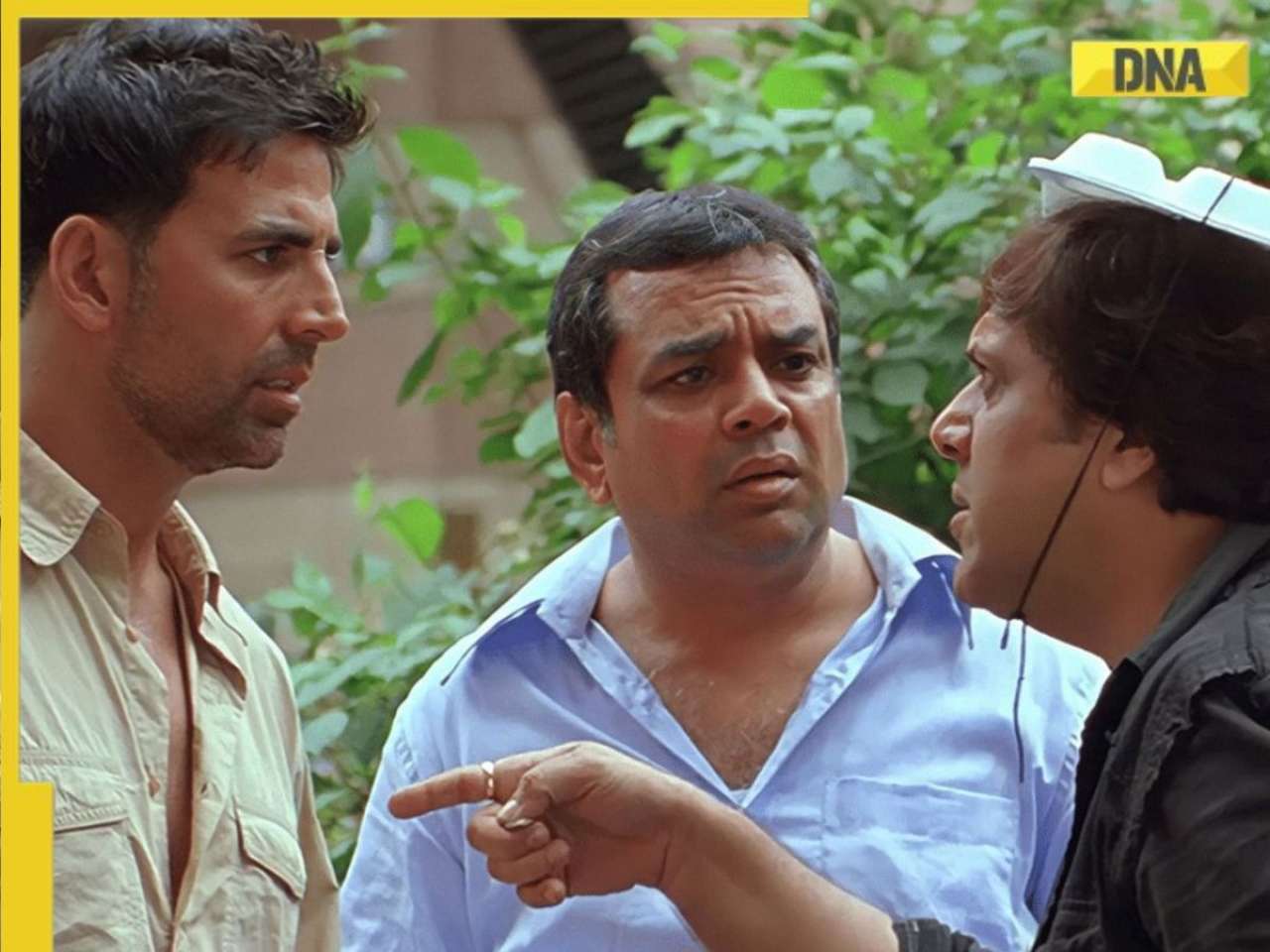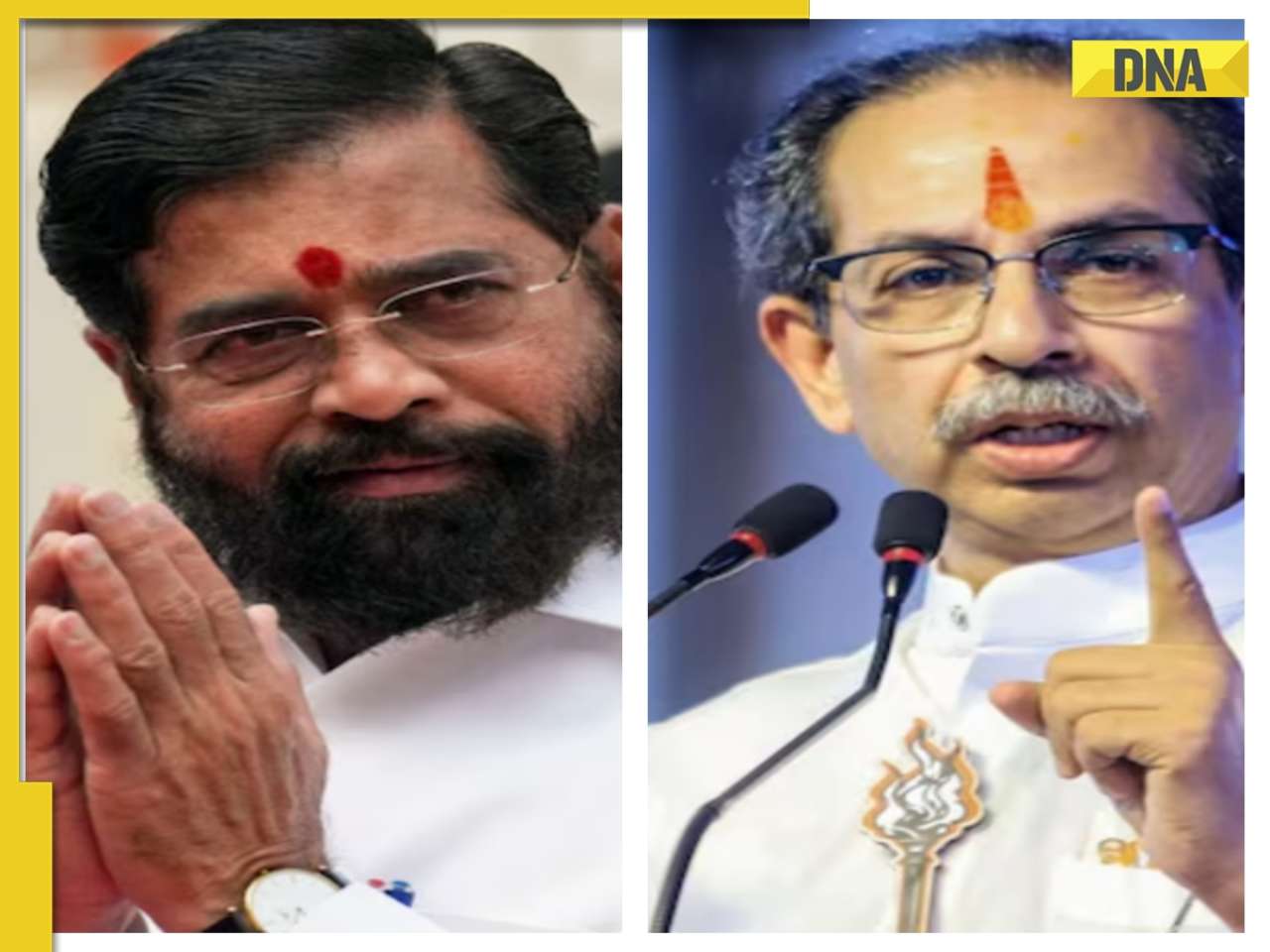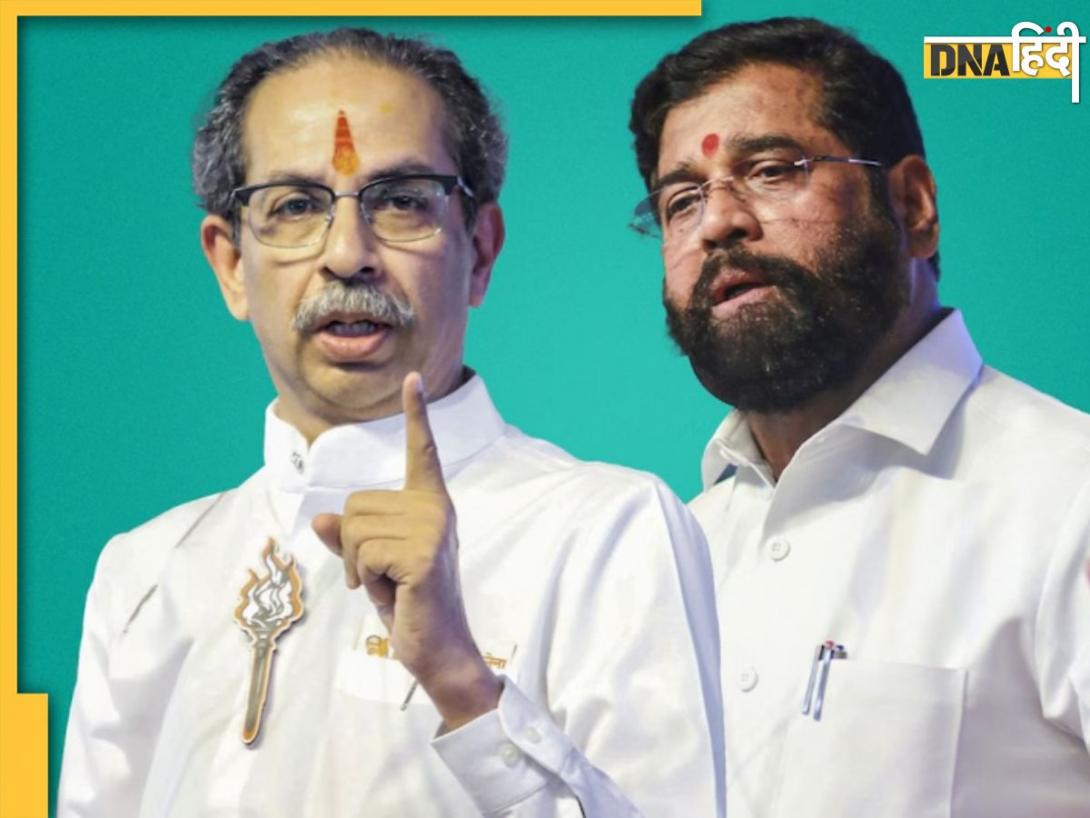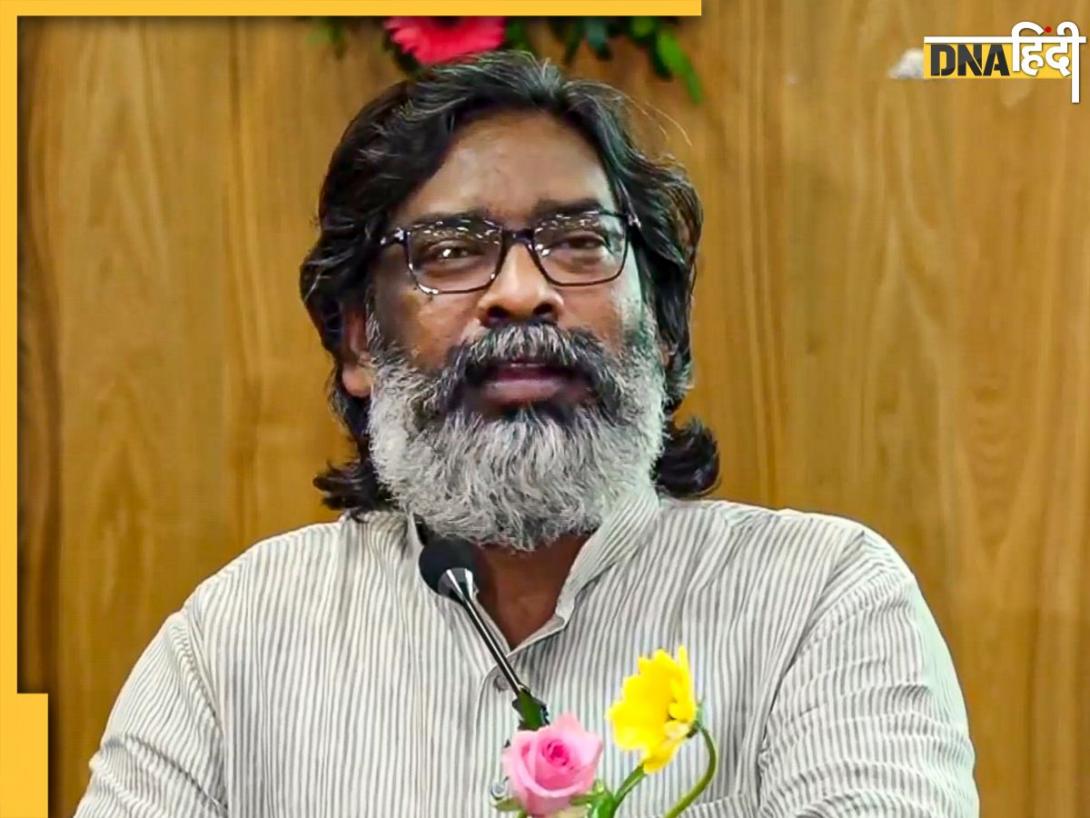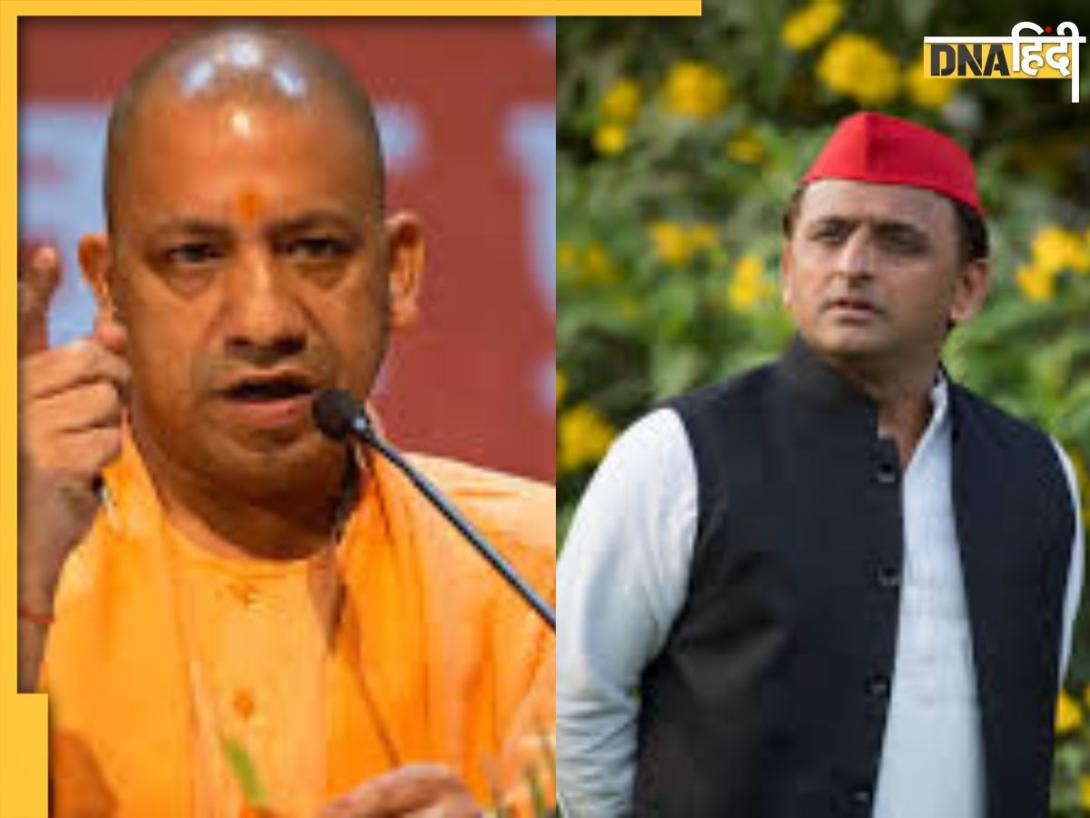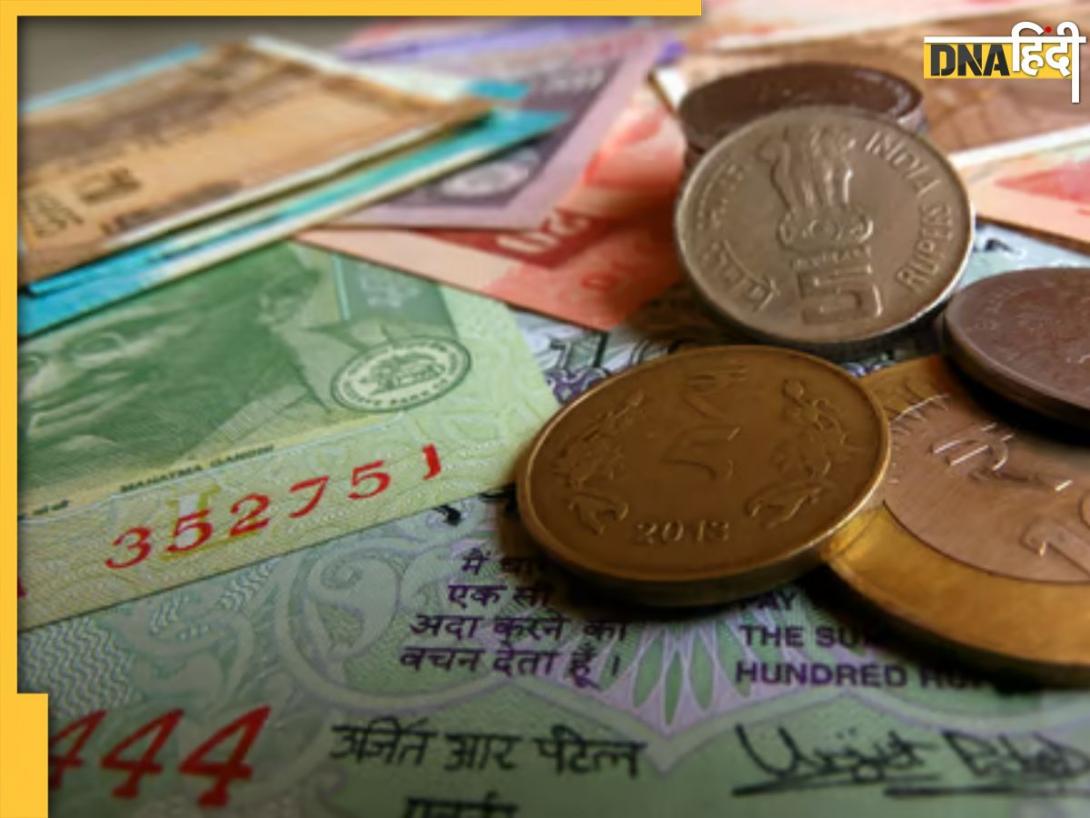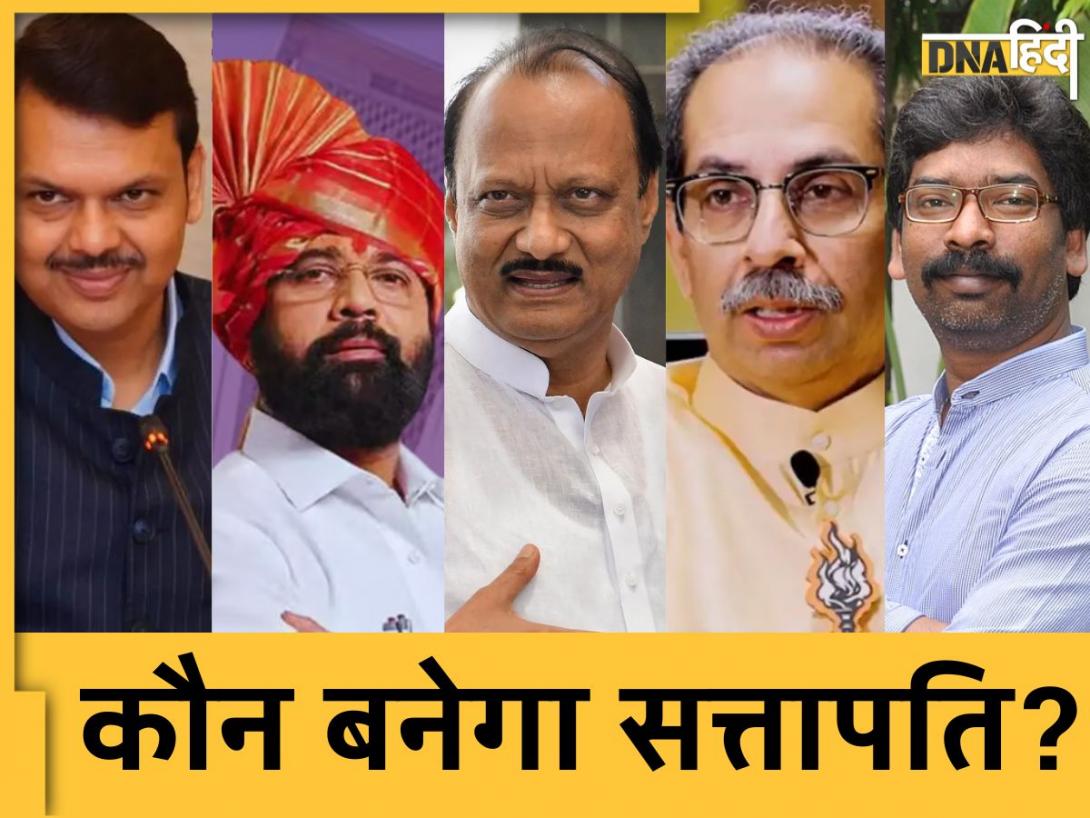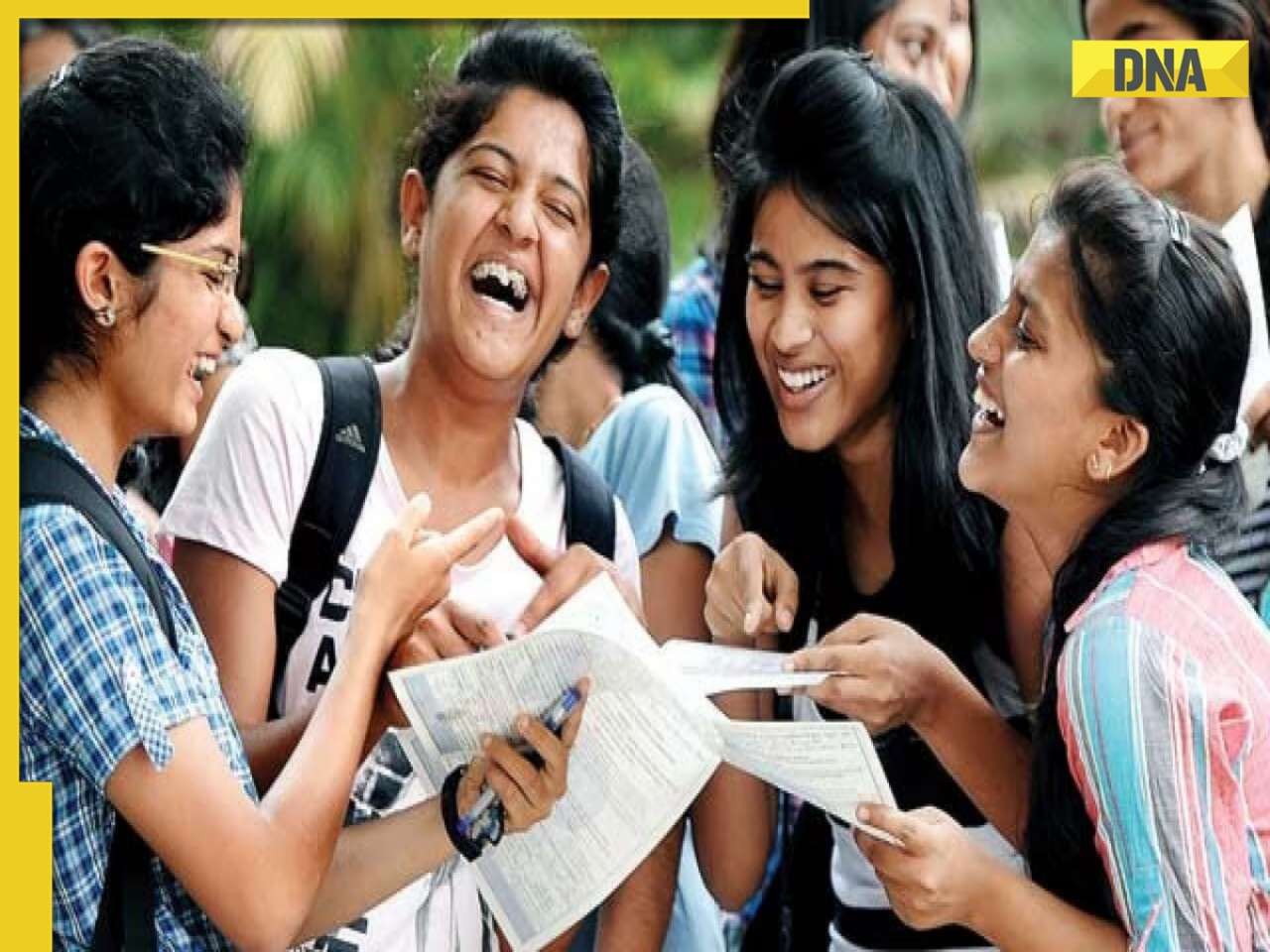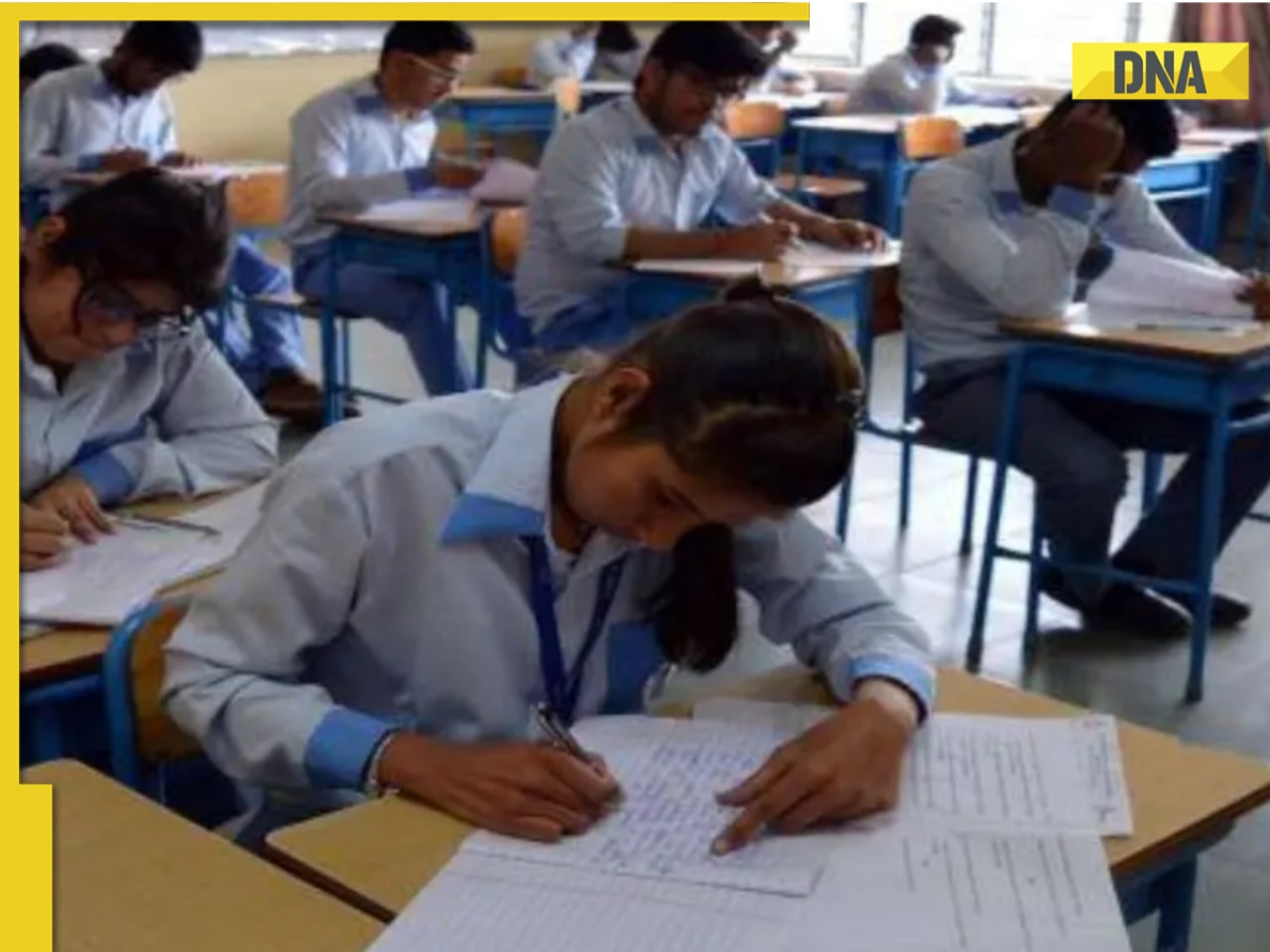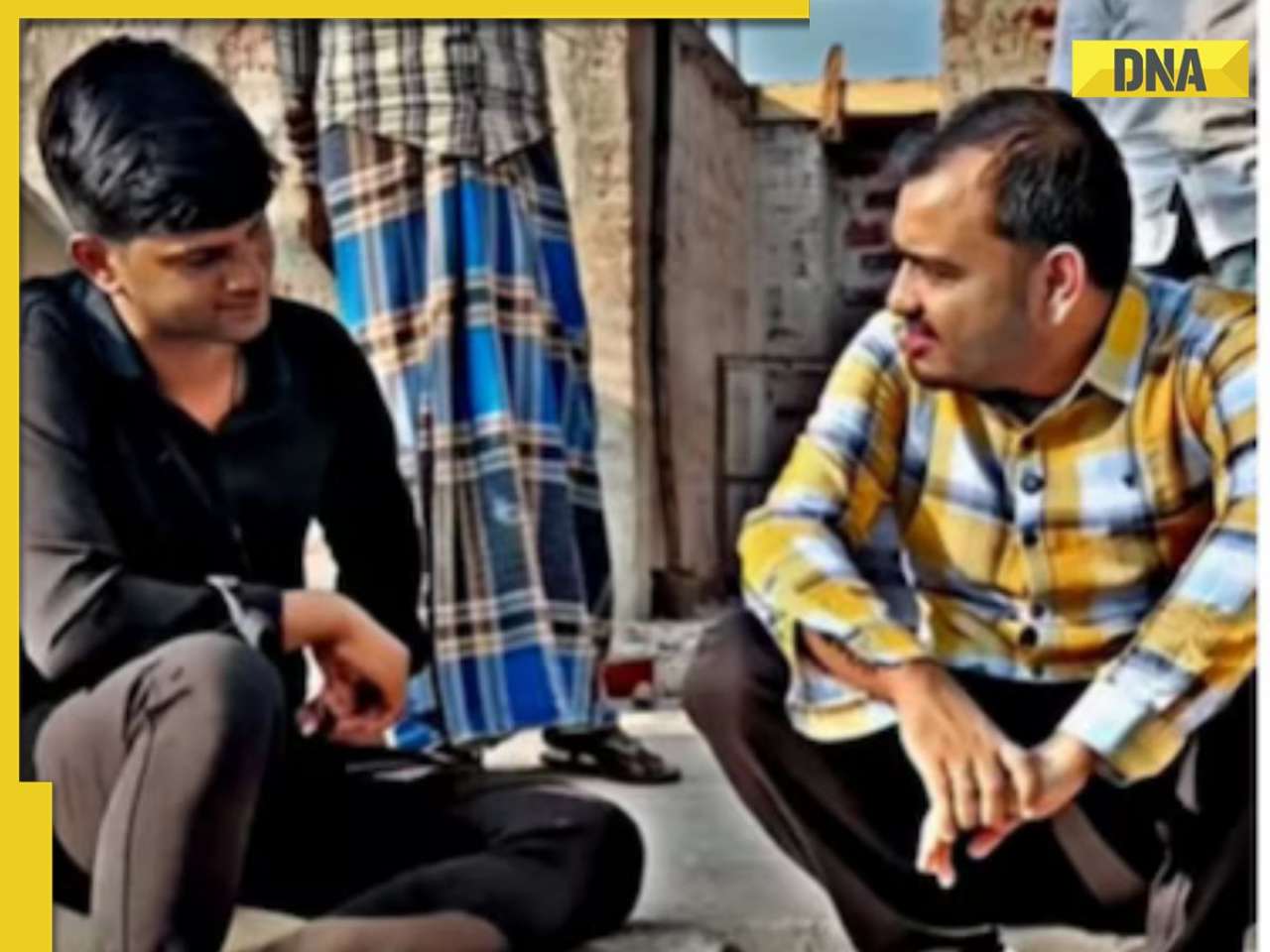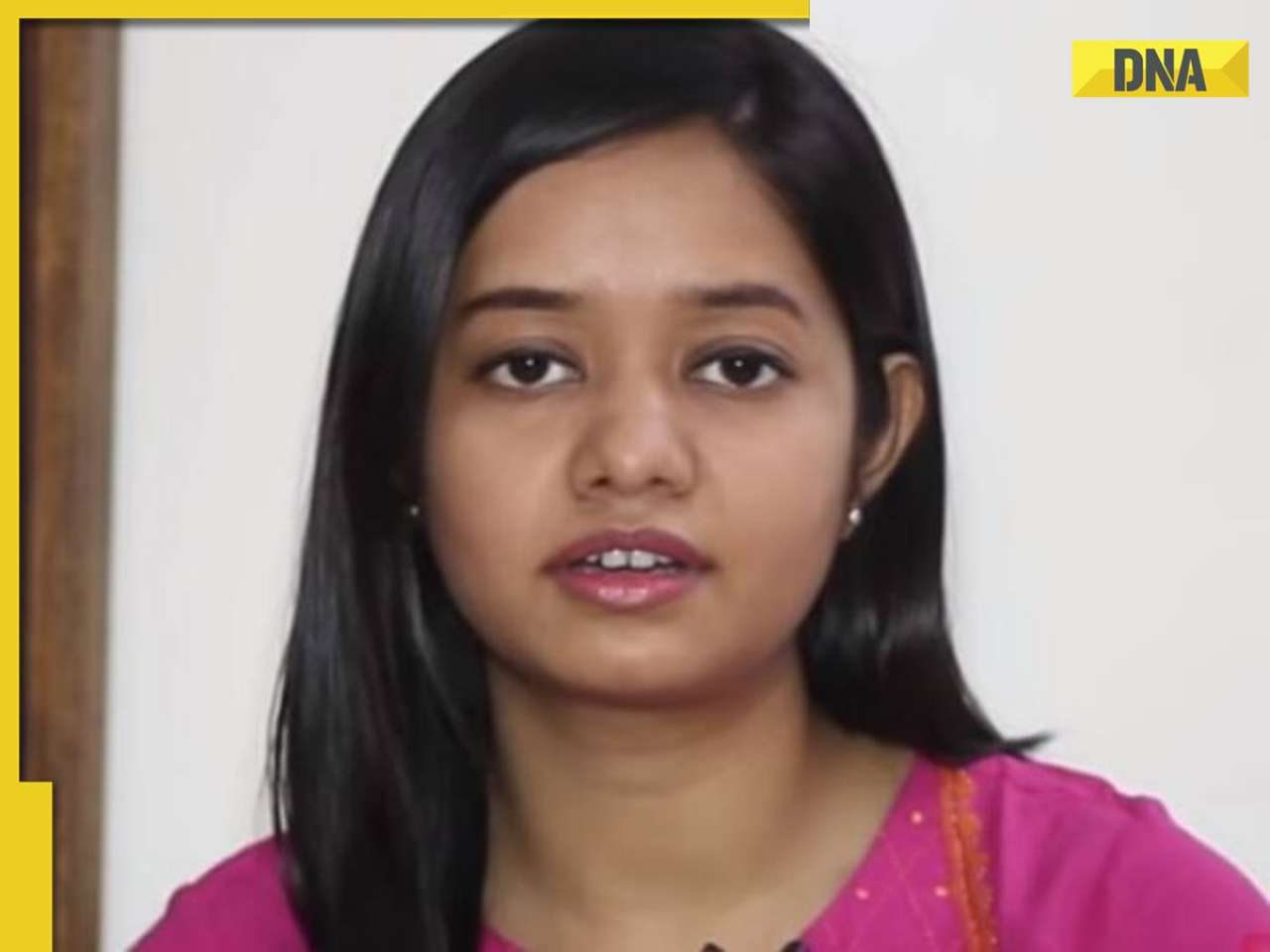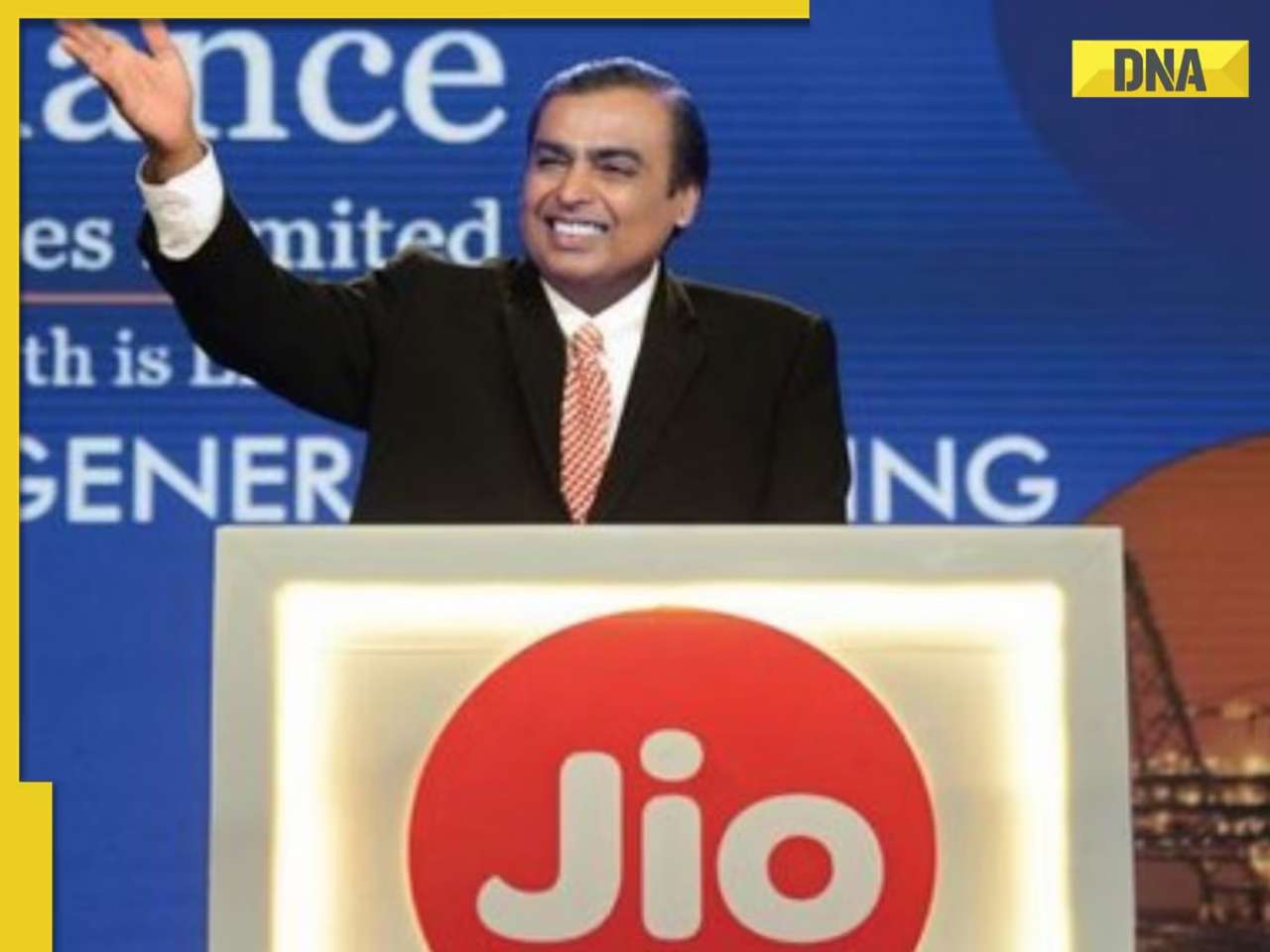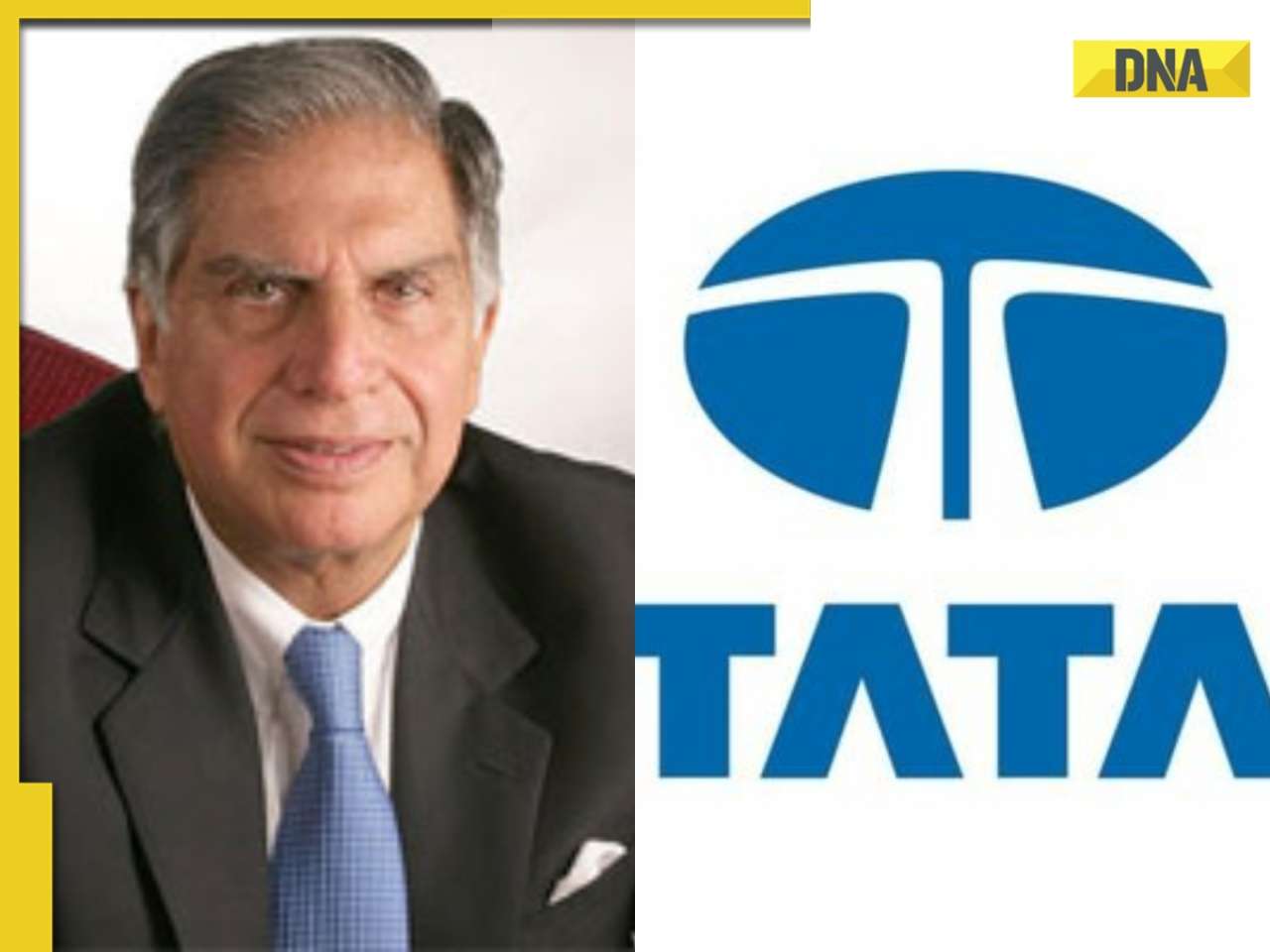- LATEST
- WEBSTORY
- TRENDING
BUSINESS
‘We are battling to survive. And we can survive only by growing the market'
ATF prices need to be the same in India as anywhere else in the world. We cannot be made to pay sales and other taxes on fuel.
TRENDING NOW
Saroj Dutta, executive director, Jet Airways India Ltd, and Sanjay Aggarwal, chief executive officer, SpiceJet Ltd, during a DNA event recently, brought out the points where the two airlines differed and the issues where they stood united. Excerpts from the event :
Is there really a difference between low-cost and full-service carriers?
Saroj Dutta: There is not much of a difference in the cost structures. The basic difference arises in the aircraft capacity that a low-cost carrier offers. The seat capacity will be more. Plus, a low cost carrier does not offer catering, so they have less number of cabin crew. All this accounts for an overall 20-30% difference in cost structure.
Sanjay Aggarwal: More importantly, the fact that we don’t have services like catering on board helps us to have a quicker turnaround time. We do not spend extra time in loading and unloading of these things. This also means increased utilisation of aircraft.
Everything besides this is same for both low-cost and full-service carriers. We use the same terminals at airports; pay the same airport charges and remunerate our crew on similar salary scales.
The situation could have been different if we had a model like overseas where low-cost carriers have secondary airports. Something like South West Airlines or RyanAir. The secondary airports are at different locations, offer lower landing and gate fees than larger traditional airports. There are no congestion charges as well. If facilities like these were provided the cost differential would have been in the range of 40-50%.
Given the downturn what are the ways that you are looking at cutting costs?
Saroj Dutta: At present we are finding ways of survival. We are considering cutting down in areas which we had never thought we would need to. We have totally given up our expenditure on advertising and marketing. We are looking at wage cuts, which have already happened once for senior management and expats. We are rationalising our capacity so that we try to utilise the aircraft to the fullest. At the moment, we have a turnaround time of 30-35 minutes (per trip).
Fare structures can also be changed. However, we have to bring it down due to competition from those who are offering lower fares. We have lost some passengers to the budget airlines.
Sanjay Aggarwal: Last year in January-March, we flew 19 aircraft and operated 115 flights, which is the same capacity we had in January-March 2009. However, our share has increased by 10-15% in a market that is not growing. This means that we have actually pulled customers from the full-service carriers.
There is a downshift that has happened because of consumers looking at cheaper travel. Low-cost carriers (LCCs) that didn’t exist till five years ago now have a 50% market share in India. In times of slowdown, LCCs would see a disproportionate growth even when the market is shrinking.
What are the service points that differentiate SpiceJet from other low-cost carriers?
Sanjay Aggarwal: We have always tried to offer value to our customers by giving them the best facilities on board. Unlike some other budget airlines, we are not charging our customers for extra services on board. According to consumer feedback, when hot beverages were desired on board, we installed tea and coffee machines, which was earlier considered difficult. But now we are serving tea and coffee at 40,000 feet for just Rs 20 and offer two cookies as well! So it is actually all about offering value and bringing in customer loyalty and that has also paid off for us.
What are you doing to cut expenditure?
Sanjay Aggarwal: Almost the same things what others are doing. But as salaries form only 10% of our costs, a salary cut would help us only one percent or two. We are also trying to renegotiate our lease contracts, but lessons will definitely not respond. Anyways there is lot of aircraft inventory available as of now, so lease rentals, if taken fresh, can come down.
How is the air travel market like today?
Saroj Dutta: In the long term India offers a huge market and the scope is phenomenal. When Jet had started, its penetration was about 0.1%. The market is growing, but the growth potential has not been supported by infrastructure growth.
Sanjay Aggarwal: Infrastructure is one point where airlines struggle. Second there is a long lead time to get the aircraft. You order the aircraft when the economy is doing good and by the time the plane is delivered, the economy is stabilising and is heading to a slowdown.
Saroj Dutta: In a downturn you realise there is overcapacity. Aviation goes through more frequent cycles than the economy.
Sanjay Aggarwal: Let me give a quantitative analysis of this. World over aviation grows 1-1.8 times the GDP. For developing countries it could be the same as GDP and for bigger economies it is close to 1.8 times. So, for a country like India, a conservative figure would be 1.5 times GDP. Taking that into account, when the GDP grows at 8-9%, the aviation industry should be growing at 13-14%.But the point here is whether the infrastructure can keep up with it.
Is infrastructure a problem largely in Delhi and Mumbai?
Saroj Dutta: The problem is everywhere. Getting slots is difficult in Chennai, Bangalore, Kolkata, where ever you go. In fact, all the metros.
Do you see smaller airports or tier II cities as the next level of growth opportunity for airlines?
Sanjay Aggarwal: There is tremendous potential in tier II and tier III cities but airlines at the moment connect only tier I to tier I or some tier II cities. Medium and smaller cities are not connected by air, as there is an extensive developed railway network that connects them. Almost 15 million passengers travel by train everyday and there is a potential for them to be converted into air travellers.
I agree that on certain sectors like Delhi-Jaipur, air travel is not feasible. The road connectivity is good and takes almost the same time one would spend in checking in at airports and flying. This makes road faster and more comfortable on this sector.
Saroj Dutta: We have always been talking about the 15 million train passengers, but we need to break down these numbers into the actual number of passengers who are our targets. The 15 million also includes suburban passengers, those who travel in the unreserved category or in second or third class compartments. These are not our targets. Only those travelling in second or first class AC are the true potential target customers for airlines.
A number of people look to the skies for the aspirational value that air travel holds and this is what we have to target. There is a growing youth population who now spend on air travel for shorter vacations.
Talking about the smaller markets, tier II and III cities definitely have potential, but it is still in the future. Even if moving to tier II cities does not face an infrastructure problem, the volumes there are inadequate. So, a large-scale operation cannot be set up in these cities as of now. We have made the same mistake earlier. But there is definitely a potential for creating newer markets.
Sanjay Aggarwal: Markets like Amritsar and Ahmedabad are slowly coming up with good volumes. These cities see a lot business travel emerging.
Is there an income demography which, besides leisure travel, is shifting to air travel?
Sanjay Aggarwal: A SpiceJet study has shown that most people who travel by SpiceJet are in the age group of 27 years. These are people in the early stages of their career. If we look at this, there has been a shift in the way people used to spend earlier. The concept was save while you are earning, so that you could buy a house during retirement. Now, people buy a house in the beginning of their career and pay through installments over the years.
So, while the earning power has increased, their way of spending has also changed. The economy has changed. This gives them more liberty to spend.
How are your international routes doing?
Saroj Dutta: International routes have been good for us, as we have cut down on a lot of extra capacity. We have replaced larger Boeing 777 aircraft by Airbus 330 ones on routes that didn’t have much volumes. We have also cut down on some loss-making routes and in the process released nine aircraft. These we have leased out to foreign airlines. All this has helped us to cut back on cash losses. Moreover, our Gulf operations have started showing better returns now since its launch last year. We can attribute some of it to people travelling back to India but its doing well.
Sanjay Aggarwal: We are considering if it makes business sense to fly international, as we get to fly overseas in May 2010. This is one way of growth, apart from the other inorganic and organic ones. More flights and regional activity will drive regional growth and inorganic growth would mean mergers and acquisitions.
What would be the three things on your wish list to change about the aviation industry in India?
Saroj Dutta: As of now the industry is battling to survive and it would survive only by growing the market. If all of us increase prices, market will not grow. But we also have some fixed costs that need to be tackled. So the core point is that we need to lower our input cost. We pay huge taxes, which makes it an unviable proposition.
ATF prices need to be the same in India as anywhere else in the world. We cannot be made to pay sales and other taxes on fuel. Plus airport charges have also been increased in a slowing market. One cannot expect the airline to pay all sorts of taxes, bear the brunt of high fuel prices, and still offer lower fares and still make money.
But fuel prices are on your side as of now.
Saroj Dutta: No, they are not. Fuel has not come down that much. One should not consider $147 a barrel as benchmark. No airline had worked their fare schemes according to oil at that high level; we had all worked our contingencies for around $60-70. Crude is now still at around $48 a barrel. So, there is not much respite.
Plus, we are operating our aircraft at 60-65% occupancies, while the breakeven (profitability) can be achieved only at 80-85%. How can we be profitable at this time?
Sanjay Aggarwal: At the lower fares that we had offered in January, even SpiceJet (with its lower operating costs) needed 110% occupancy to break even. This is something unimaginable.
AI has done away with fuel surcharge, is that a natural progression?
Saroj Dutta: Surcharge was a way to deal with changes in ATF prices and if AI does it (do away with the surcharge), it does not mean we have to do it.
Sanjay Aggarwal: I think we need to have differentiated pricing in the market. We have all confused the consumers by giving them all sorts of offers. Sometimes, one waits till the last day of his travel thinking he might get some good discounts, as we used to give them last day offers. But when the customer does not get this kind of an offer, he ends up travelling by train. So we lose that customer also.
What are the other issues affecting airlines?
Saroj Dutta: When the new ground handling policy comes up - which will happen mostly after the elections – it will be another disaster for airlines. It will create a monopoly or a semi monopoly. At Kochi international airport, when the new ground handling policy was applied, it was havoc for private airlines. Earlier we used to spend Rs 10,000 per flight to do our ground handling. We were charged Rs 60,000 per flight after AI got the contract. Our expenditure goes up almost 6-7 times of what it was when we did our own ground handling.
Sanjay Aggarwal: Besides, imagine the problems per 1,000 baggages that we will have to face, if the handling is done at one terminal only.
Saroj Dutta: Anyways, the Airports Authority of India charges 11-12% royalty from private airlines for any third party work that we do. This means, if SpiceJet gives a contract for technical maintenance to Jet, Jet will have to pay a royalty to AAI for doing that work.
By when do we see markets reviving?
Sanjay Aggarwal: 2009 seems to be a flat year, but I think things would stabilise by 2010.
Saroj Dutta: Only if I had a crystal ball! I will refrain from making any judgment about the market, as I have been doing it for all these years and have been proved wrong.
